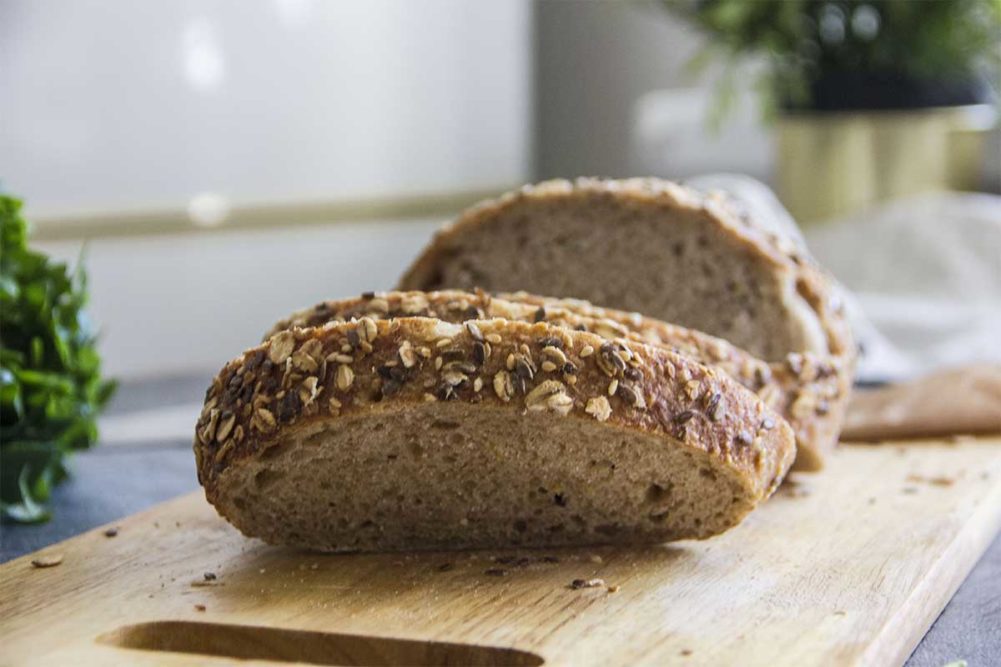Adding value to baked goods and differentiating through positive nutrition are not new, but some of the ingredients being incorporated to further that goal are different from the past. Think nut flours and pea protein. Think plant extracts and omega-3 fatty acids. Think energizing compounds and multiple vitamins and minerals. Bakers need to learn how to manage their inclusion, especially when numerous functional ingredients are added. This often requires the use of masking flavors.
“Incorporating ingredients like nuts and seeds or whole grains can signal to consumers that a product may have nutritional value and benefits; however, these ingredients may also produce undesirable flavors while baking,” said Hanna Santoro, senior bakery scientist, ADM. “Masking flavors are sometimes used when bakers are making better-for-you bakery offerings.
“Bakers may also find the need to use masking flavors when reducing or omitting ingredients, such as sugar, salt and fat,” she continued. “Removing these ingredients can leave foods tasting bland. Whether formulators are adding in or reducing ingredients, masking flavors can help smooth out the final flavor profiles in baked goods.”
Today’s food science technology allows formulators to understand the root cause of off-flavors and how to correct them.
“In some cases, masking flavors can block the taste buds from detecting the undesirable notes,” said Margaret Walther, applications technologist, Synergy Flavors. “We can use analytical chemistry to understand what may be causing unwanted off-notes and find or create a masking solution that would best suit the application.”
Many factors go into creating a masking flavor for a particular product, said Antelmo Tristiani, senior flavor chemist at Synergy Flavors.
“The main question is, ‘what are we trying to mask?’ Different situations arise from new products being developed in today’s market,” he said. “We first saw these issues when soy-based products hit the market years ago, as they tend to have what consumers view as an unpleasant mouth-coating and beany taste profile. The newer products in the market today present a myriad of taste challenges because they could have a flavor profile such as nutty, earthy, astringent or fatty, which sometimes creates multiple combinations of off tastes.”
This article is an excerpt from the May 2021 issue of Baking & Snack. To read the entire feature on Flavors, click here.





